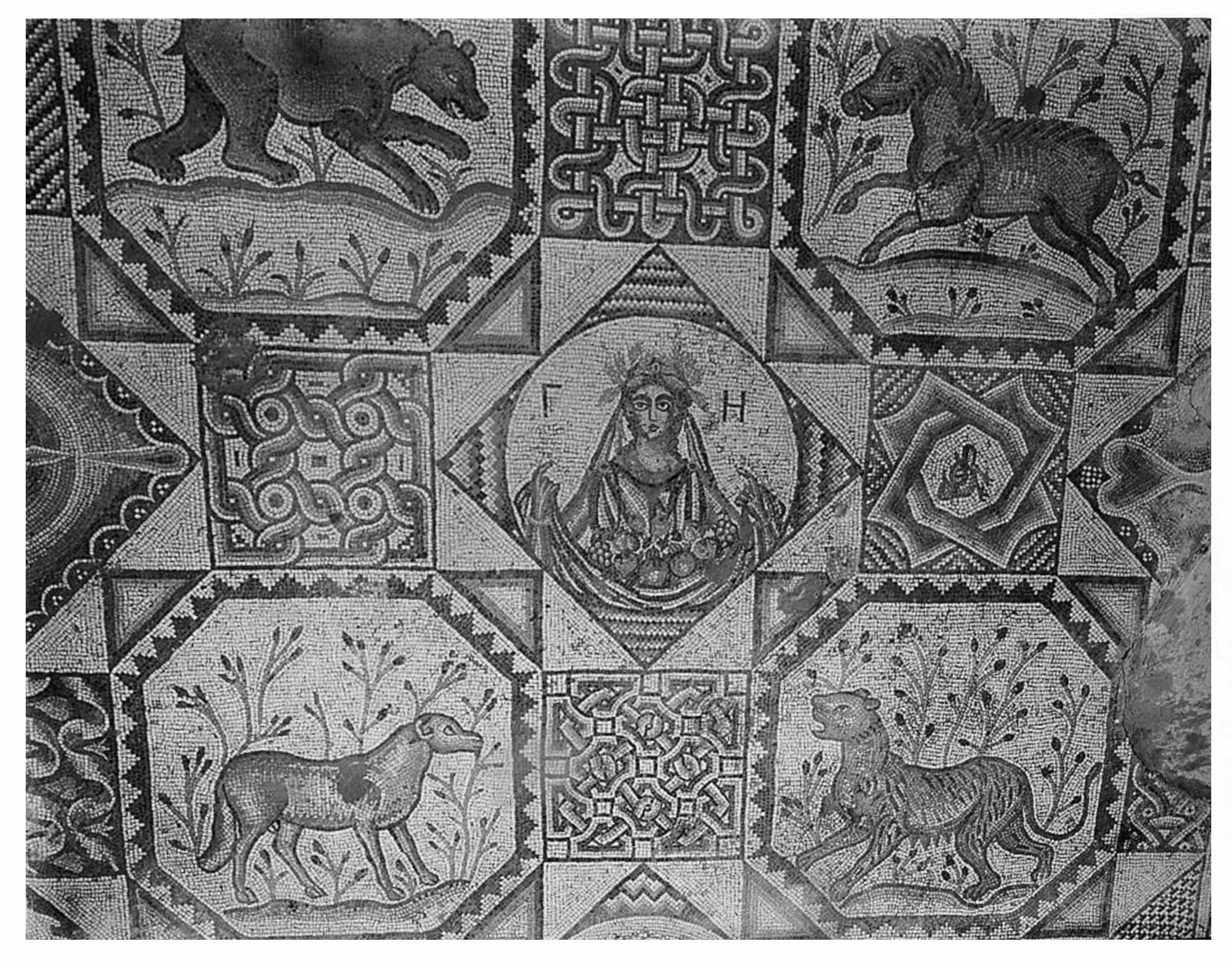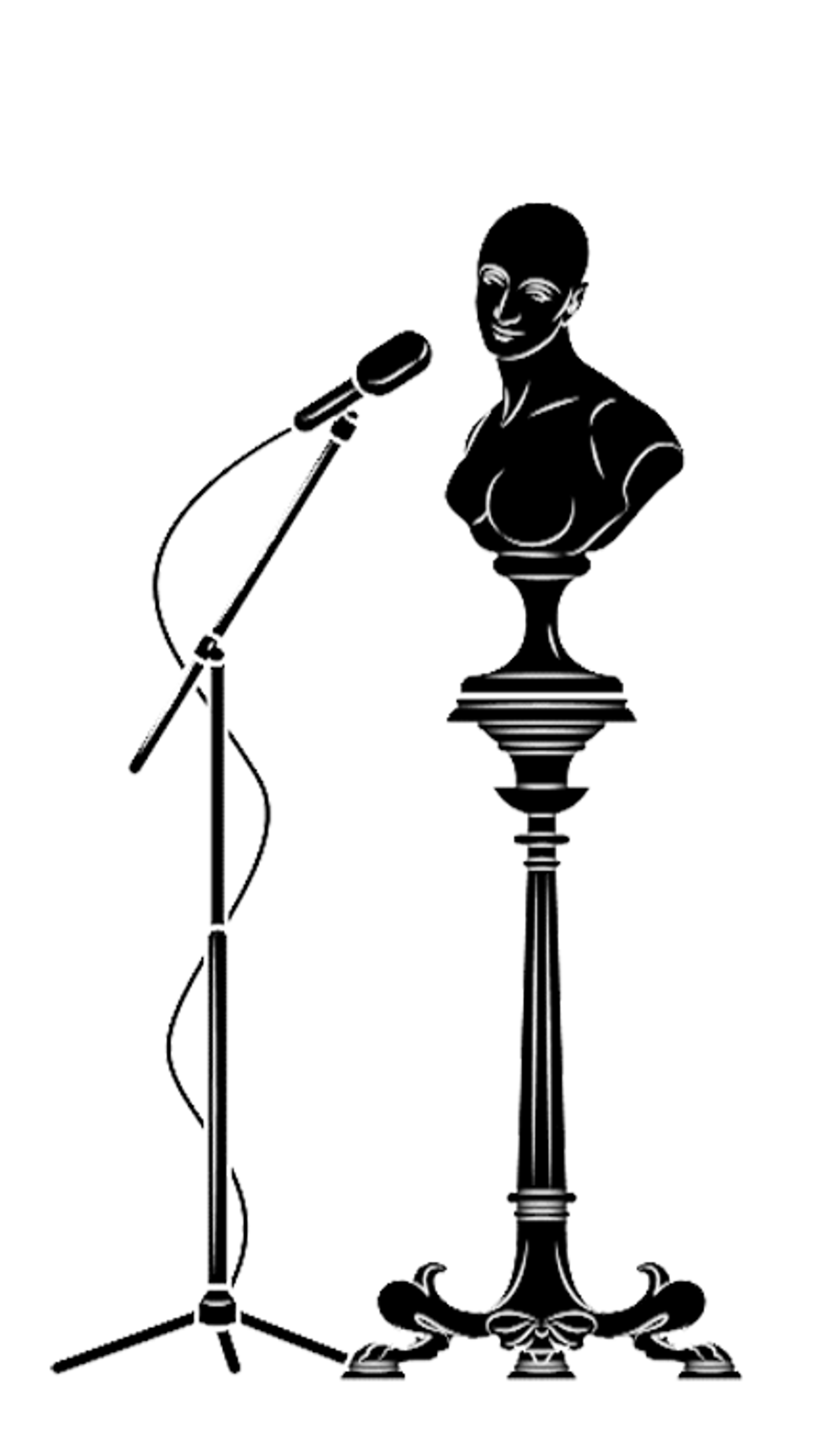
Falastin is an initiative rooted in the pursuit of human dignity. By amalgamating art, historical narratives, and scholarly insights, we aim to clarify the multifaceted experiences of Palestinians, whose stories have been obscured and voices silenced. The digital exhibition stands as a testament to our commitment—to actively engage in learning and sharing an ongoing history that continues to be markedly absent from public consciousness.
In the spirit of José Afonso, whose lyrics from the album Venham Mais Cinco (1973) became a symbol of anti-fascism and incited revolution against the Portuguese dictatorship—"Don't force me to come to the street and shout"—we at Collecteurs are driven by the unyielding obligation to curate Falastin.
Falastin is a living archive, a document, and an abiding monument dedicated to the Palestinian people. It is a declaration that when we witness the peaks of indifference, we will stand firm, embodying the essence of Afonso's call to action. The denial of accessible historical context has left a void that art must fill. Through the curation of this timeline, with the perspectives of artists and historians, we assert that art, in addition to being a reflection of society, serves as a crucial tool for the dissemination of knowledge promoting deep comprehension and ultimately functioning as a catalyst for change.
Since October 2023, we have realized that there is no possibility of going back to a state of fabricated normalcy. We refuse a world where lives unfold in silence amidst decades of Palestinian siege and dispossession. We reject an art world fueled by wealth created through displacement and theft that has endured for decades, beginning with the British Zionist mandate and continuing with the creation of the state of Israel through the ethnic cleansing of Palestinians in 1948.
Falastin emerges from the collective labor of Palestinian, Arab, Jewish, and allied artists, writers, cultural workers, and more than 300 volunteers from around the world. It is a historical timeline sourced from the Institute for Palestine Studies' Interactive Encyclopedia of the Palestine Question along with additional contributions from the collective Working Class History. It is based on the unwavering conviction that only through a clear understanding of the past, by confronting the colonial injustices and reclaiming the narrative from the colonizers, can we collectively pave the way to a future where liberation is possible.
Over several months, the exhibition will unfold chapter by chapter on Collecteurs’ website and Instagram.






